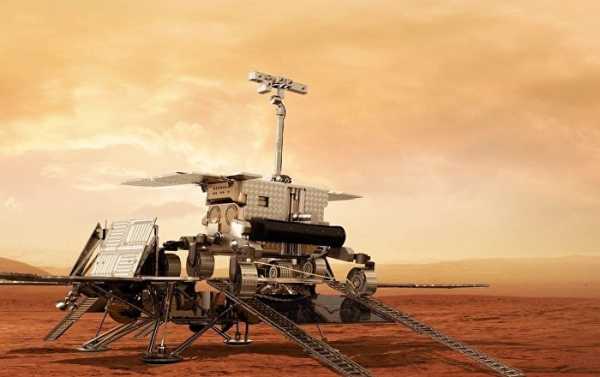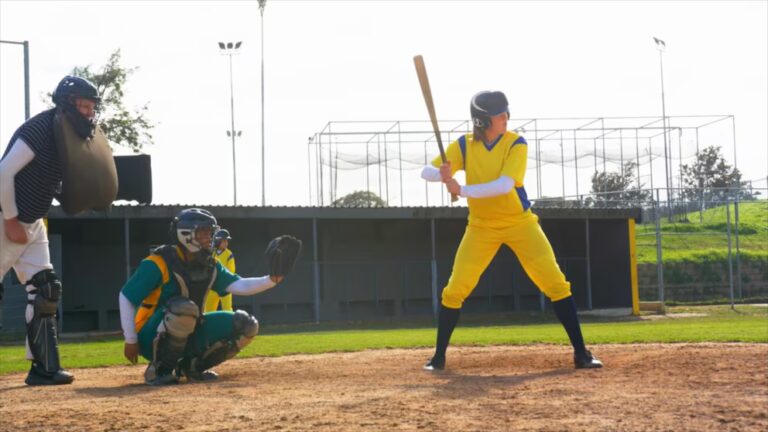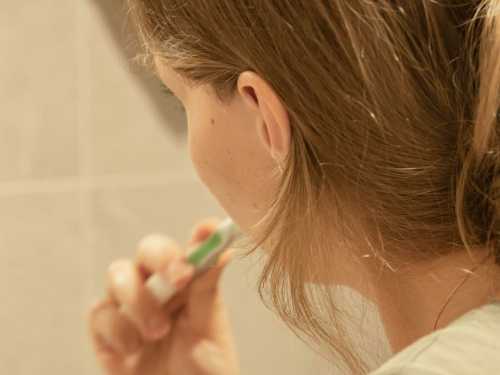
The European space Agency and Russia have reached a new milestone in their joint plan to send the Rover to Mars, the second Mars Rover parachutes deployed during the test.
Humanity might be one step closer to finding or even bringing life to Mars with successful test of two giant parachutes attached to the payload. The European space Agency, jointly with the Russian space Agency, now ready for a new testing phase for the deployment of the Rover on the red planet.
“It was a very exciting moment to see this giant chute to deploy and put to the test module on the surface of the snow in Kiruna, and we look forward to evaluate all parachute descent sequence of the upcoming high-altitude tests” ESA Thierry Blancquaert said, according to the statement. This phase will include the drop from the 98,000 ft (30 km) above the earth’s surface.
The test was filmed with several cameras, including, in principle, which were integrated into the 1,102 lb (500 kg) payload capacity 3-mile cable. Scientists have Packed all the components in a container and all 4000 feet (1.2 km) in the air from a helicopter in Kiruna, Sweden, to test the deployment of the system at subzero temperatures.
through contacts and chats
First, the less the parachute is usually deployed during testing. Twelve seconds, great whipped into action and brought the object safely to the Ground in two and a half minutes.
“This is the biggest parachute ever flown at Mars, and the parachute that must be deployed very, very consistent, very, very carefully. Otherwise it may be damaged during deployment,” said John underwood, chief engineer at Vorticity Ltd, which together with two other companies and ESA for testing a large parachute. The parachute is about 115 feet (35 m) in diameter, with 112 lines connected to the drop test. The parachute weighs 430lbs (195kg).
The parachute and Rover scheduled to launch in July 2020, but not expected to reach Mars until March 2021, as part of the mission “Eczemas”. The Rover will be the first to dig down to the Red planet to look for evidence of life that was protected from the intense radiation on the surface.
ESA priority test of the parachute system after the first part of his mission turned into a major bust in 2016. Landing Schiaparelli court, they were sent from the ship was a devastating crash landing on Mars on 19 October 2016. In one second inertial mismeasurement caused the Onboard computer to act as if it was landing, although it was still 12,000 feet (3.7 km) from the planet’s surface.
Sourse: sputniknews.com






